Founded in 1990, Sharpe Products is an ISO 9001:2015 certified company specializing in industrial and commercial pipe and tube bending, laser cutting, end-forming or other custom fabrication services. In addition, we offer a robust line of architectural handrail fittings and accessories such as brackets, connectors, disks, end-caps, flanges, newel caps and spheres.
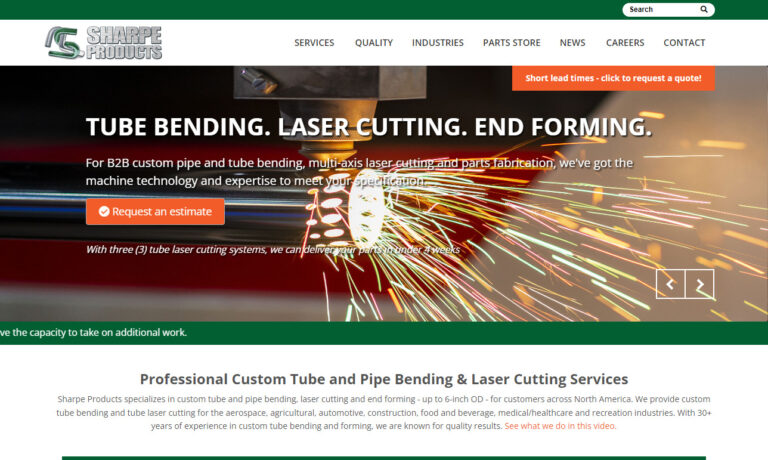
Founded in 1959, Tube Bending Technology has its roots in the Apollo space program. With such a legacy, we take quality, performance and customer satisfaction very seriously. Our custom tubing services include tube bending and coiling, end finishing, processing, machining, welding/brazing, helium leak detection and more. At TBI, we live and breathe quality. To show our commitment, we are ISO...

At KMK Metal Fabricators, Inc., we pride ourselves on being industry leaders in tube fabrication, offering a comprehensive range of services tailored to meet the diverse needs of our clients. With years of experience, a commitment to excellence, and a customer-centric approach, we have established ourselves as a trusted partner in the fabrication industry. Our core focus lies in providing...

SCR Precision Tube offers the best customer service in the industry, specializing in prototyping & design of tube, hose & fittings assemblies. Our CNC facility has full tube bending, cutting & swagging capabilities with elbows & straight tubing in steel, aluminum, copper & titanium. Email for a quote!

At TBC Metalworks, we take pride in our expertise in tube fabrication, offering tailored solutions to meet the diverse needs of our clients across various industries. With years of experience, a commitment to quality, and a customer-centric approach, we have established ourselves as a trusted partner in the fabrication industry. Our primary focus is on providing a comprehensive range of tube...

More Tube Forming Manufacturers
Tube forming processes are often difficult to separate from tube fabricating processes, since fabrication processes are essentially secondary operations that shape, bend, enlarge and cut tubes.
The different tube forming processes are often intermixed and both can be essential to creating the desired tube. For example, tube rolling is technically a tube forming process because it produces tubular parts through heat curing materials that have been wrapped around a circular mold.
Tube swaging, on the other hand, is technically a form of tube fabricating because it is used to reduce or increase the diameter of tubes rather than change the actual tube formation. However, both of these processes can and often do fall under the heading of tube fabrication. Tube forming processes are essential to many industries, as tubes are used in a wide range of diverse applications.
Some examples include: industrial manufacturing, for parts such as heating elements, hydraulic cylinders and heat exchangers; marine and naval, for masts, telescopes and launcher tubes; architecture and construction, for steel handrails, grab bars and floor flanges; and automotive for fuel lines, exhaust pipes and other power transmission applications.
Although there are numerous tube forming processes, there are two that are considered to be the most common: tube rolling and tube extrusion. As one of the two main processes in which raw materials are used to form a tube, tube rolling involves three main steps: cutting pre-impregnated materials and rolling them around a mold or mandrel; wrapping the mandrel in a sleeve or film to eliminate retained air; and heat-curing, after which the mandrel can be removed from the formed hollow tube. The other main process is through extrusion, which is more complex.
In order to begin extrusion, a round metal billet is pressed by a ram through a die, which is a hollow profile that shapes the metal into a specific extruded shape as the billet is squeezed through. Tube forming often requires high temperatures. Hot extrusion is the process in which the metal is fully plasticized by heat; this is often performed in a vacuum in order to avoid oxidation. The metal can be extruded through the die using two different methods of extrusion: indirect extrusion and direct extrusion.
In direct extrusion, the die is held stationary while the ram pushes the metal billet through the die opening. In indirect extrusion, the die is held stationary as the hollow ram moves into the stationary billet from one end, forcing the metal to flow through the die. After the metal tubing has been extruded, it is straightened by a stretcher into the desired length of tube.






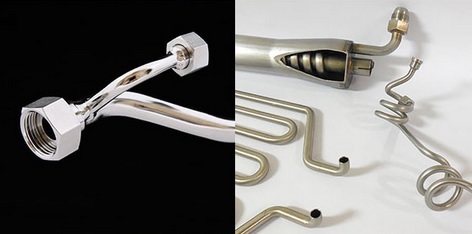
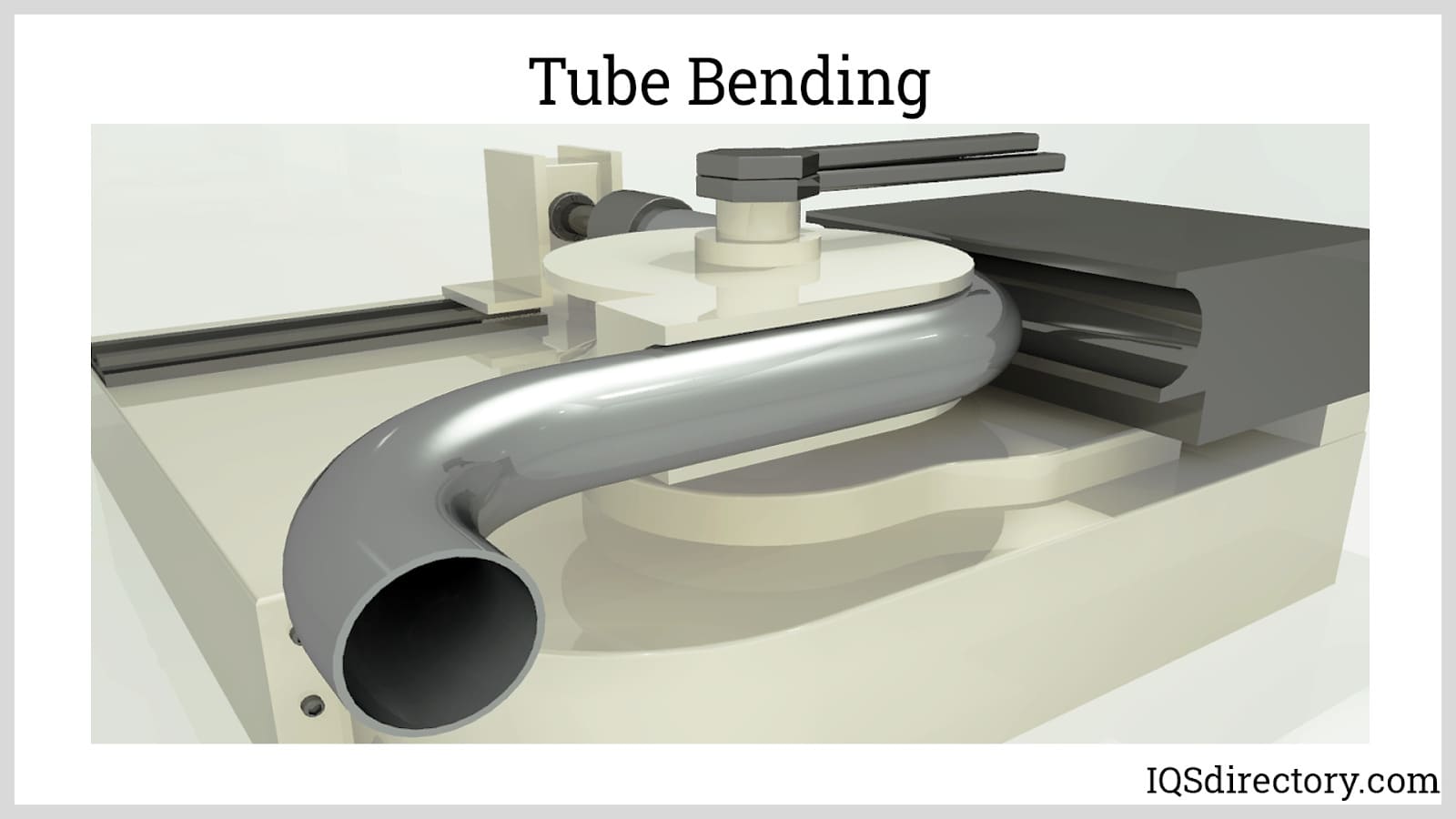
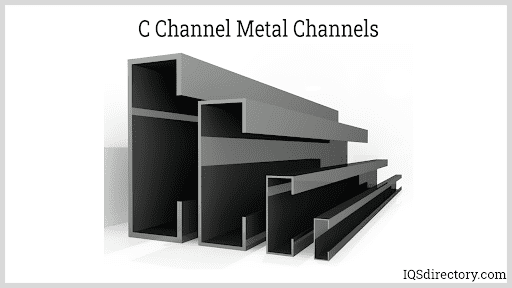
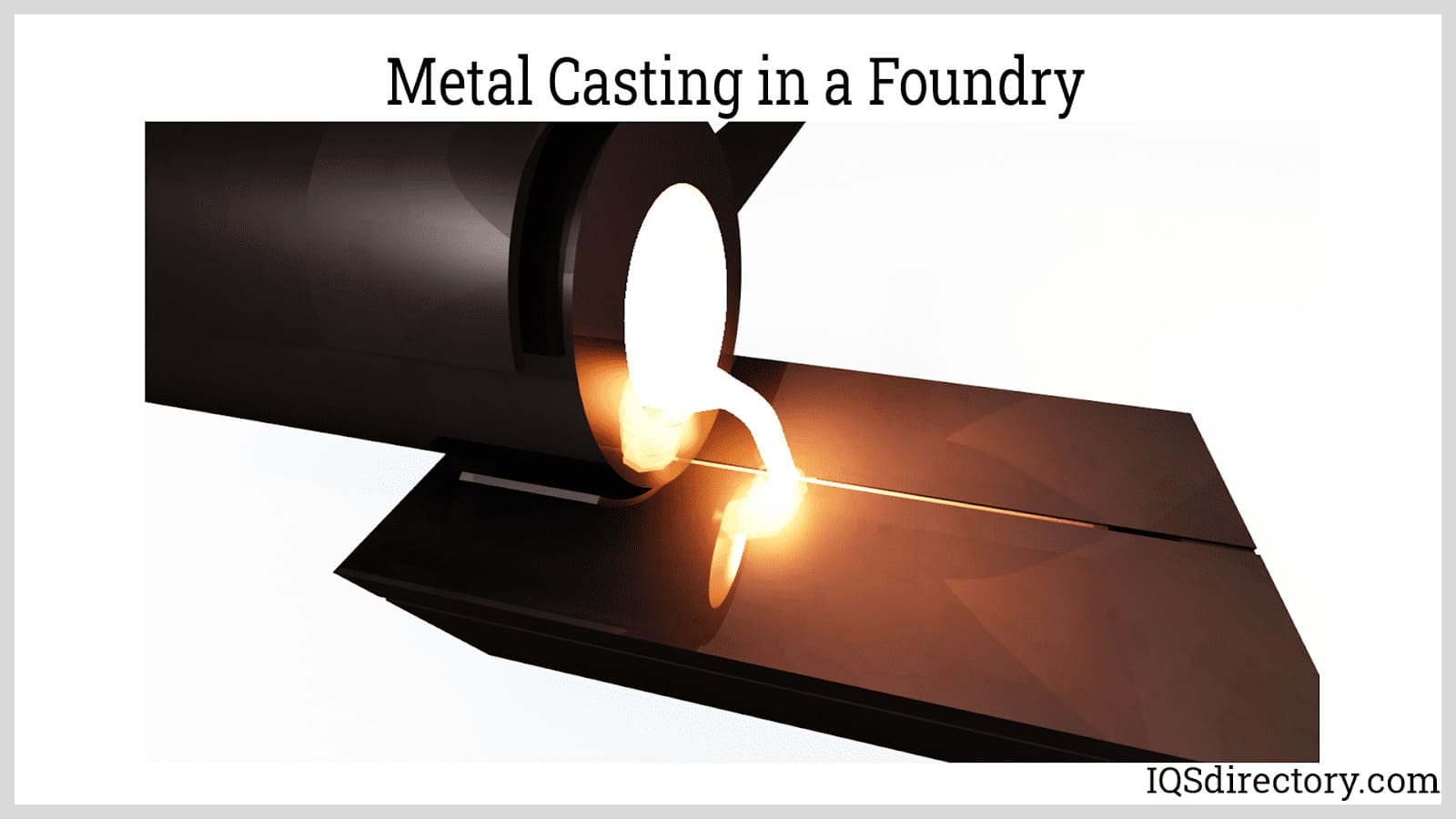
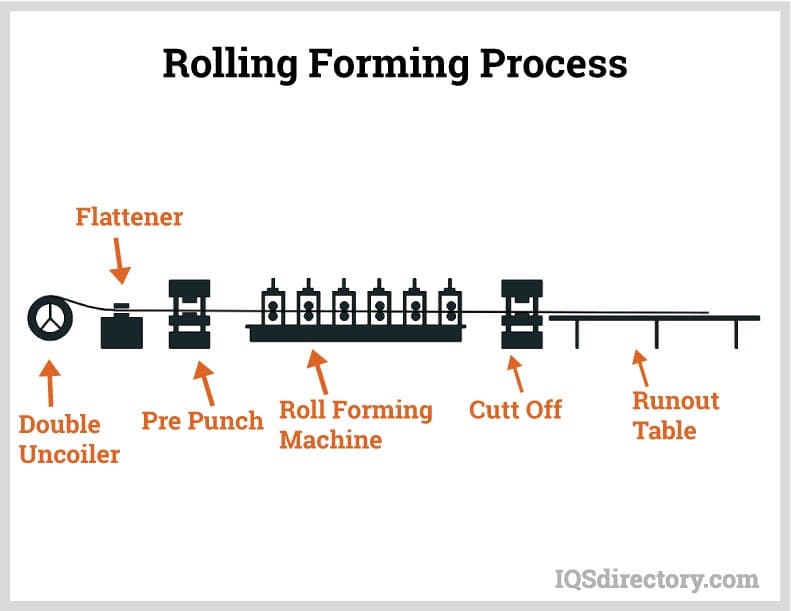
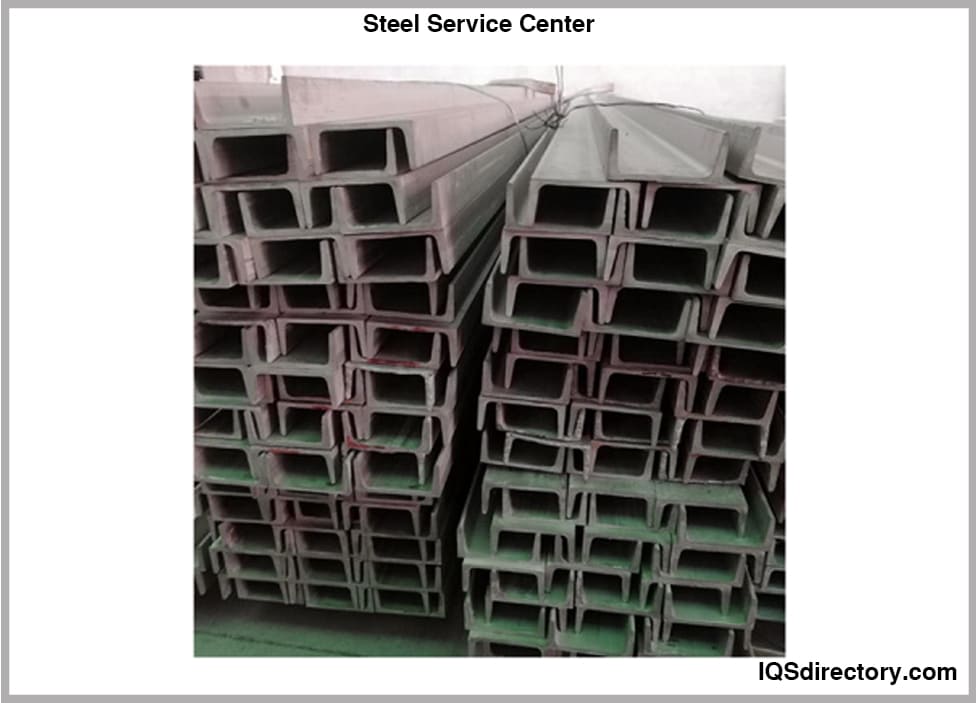
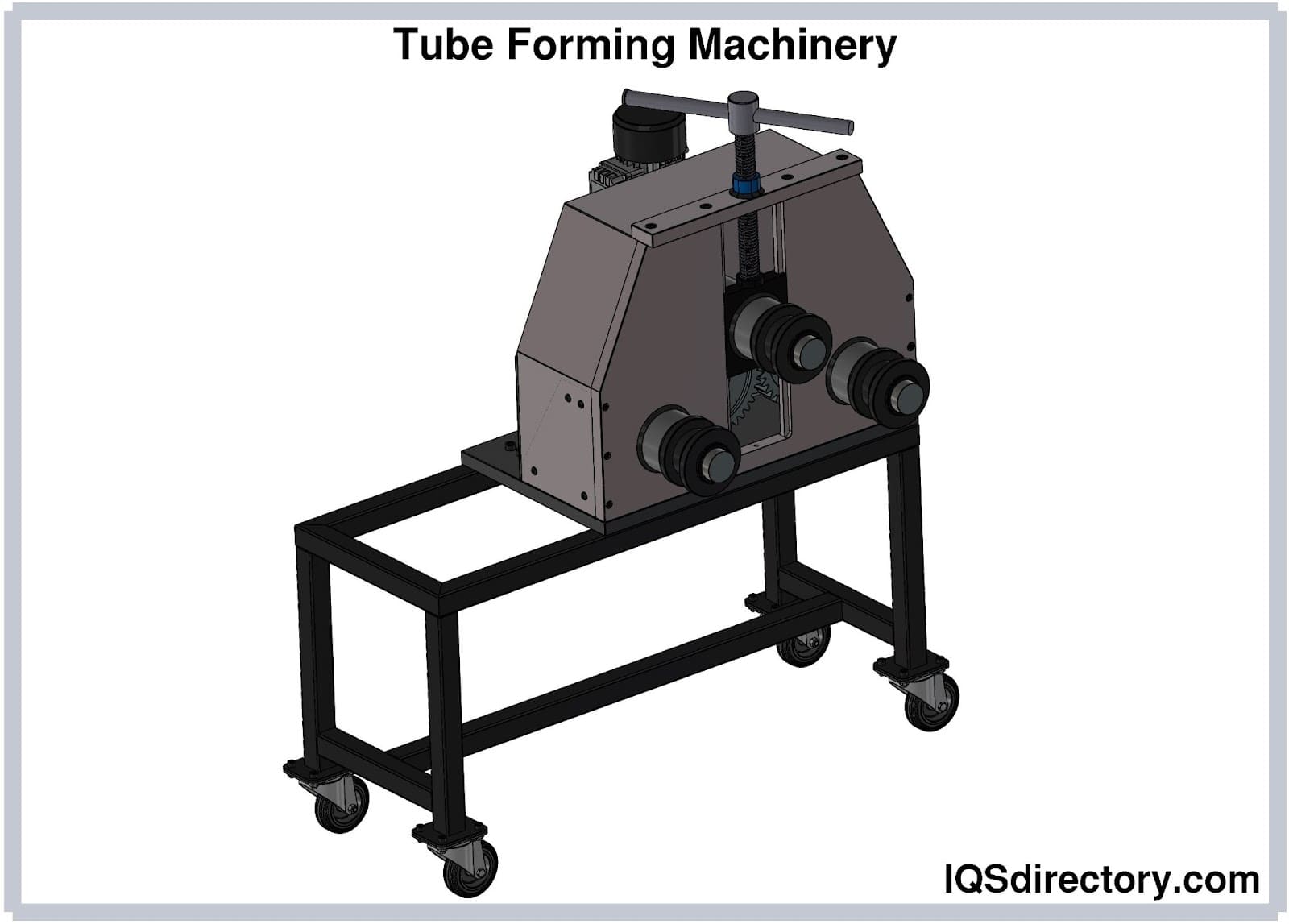
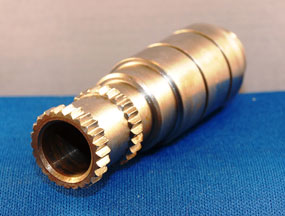 Broaching
Broaching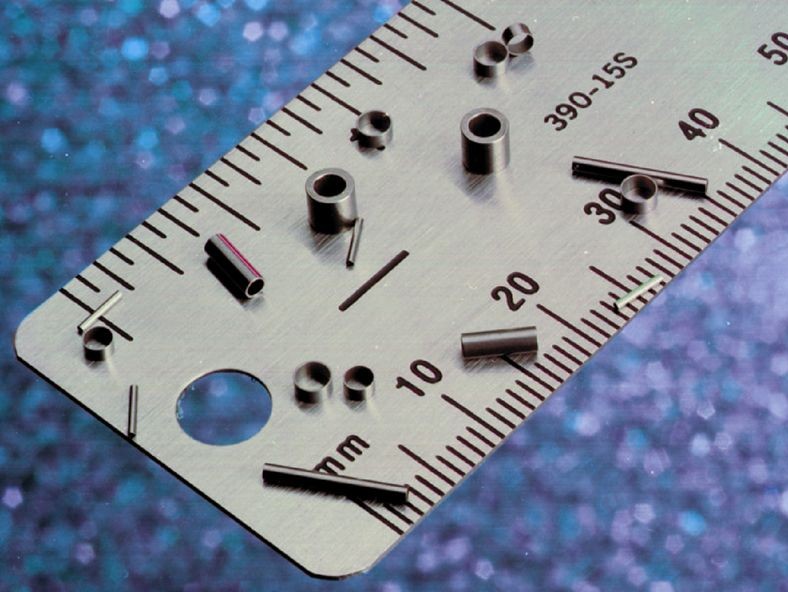 CNC Machining
CNC Machining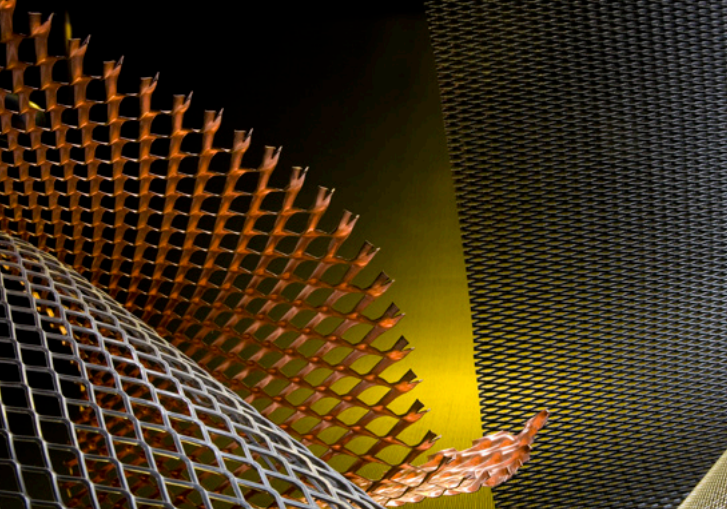 Expanded Metals
Expanded Metals Laser Cutting
Laser Cutting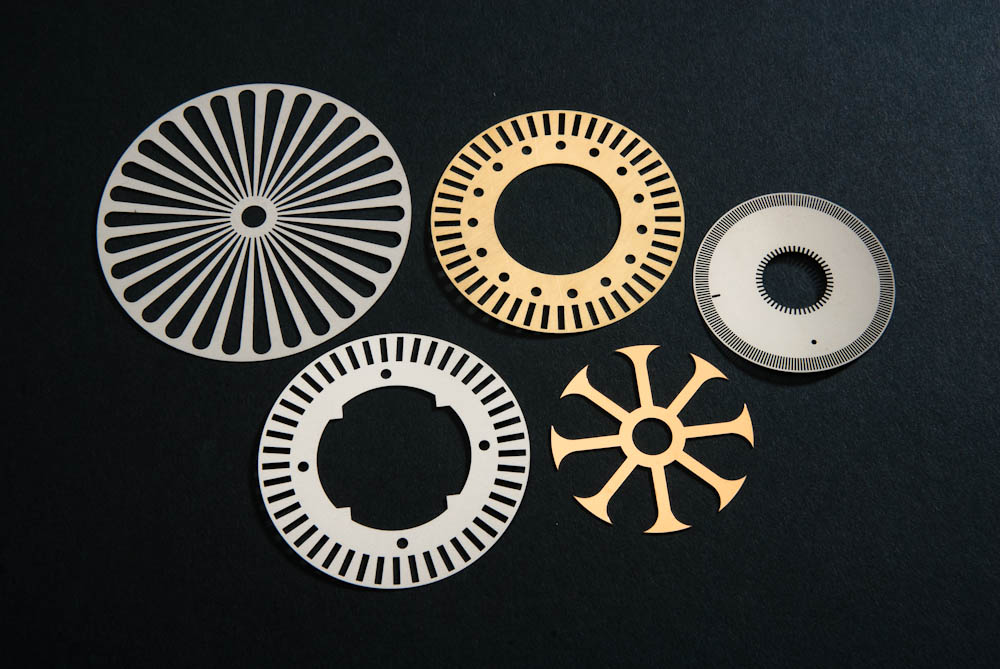 Metal Etching
Metal Etching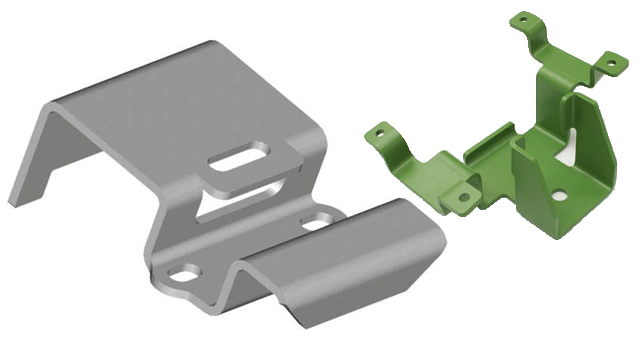 Metal Fabrication
Metal Fabrication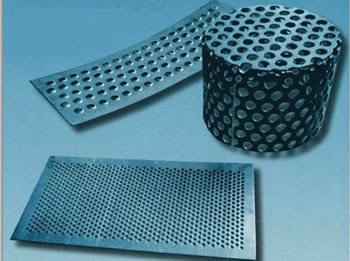 Perforated Metals
Perforated Metals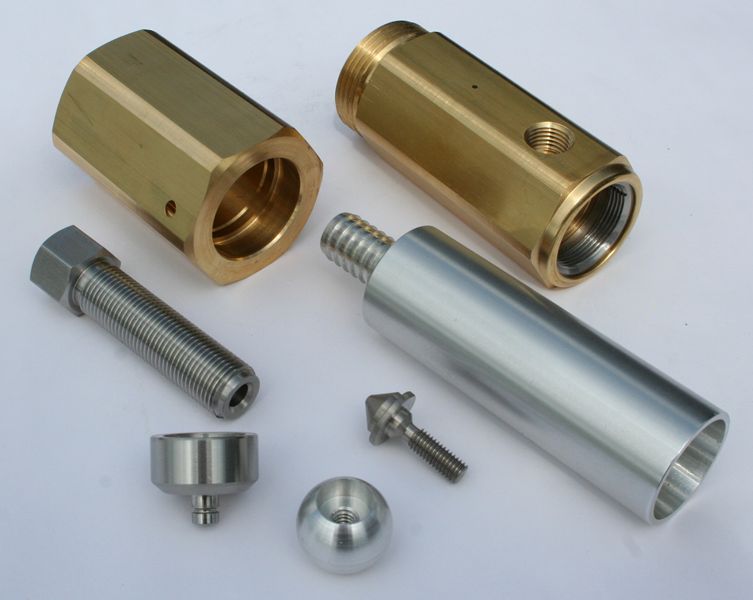 Screw Machine Products
Screw Machine Products Metal Stampings
Metal Stampings Sheet Metal Fabrication
Sheet Metal Fabrication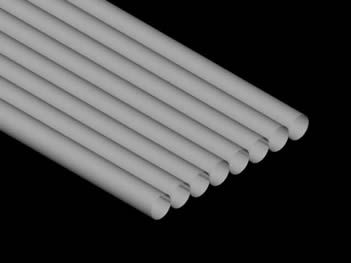 Tube Fabrication
Tube Fabrication Water Jet Cutting
Water Jet Cutting Castings & Forgings
Castings & Forgings Bulk Material Handling
Bulk Material Handling Electrical & Electronic Components
Electrical & Electronic Components Flow Instrumentation
Flow Instrumentation Hardware
Hardware Material Handling Equipment
Material Handling Equipment Metal Cutting Services
Metal Cutting Services Metal Forming Services
Metal Forming Services Metal Suppliers
Metal Suppliers Motion Control Products
Motion Control Products Plant & Facility Equipment
Plant & Facility Equipment Plant & Facility Supplies
Plant & Facility Supplies Plastic Molding Processes
Plastic Molding Processes Pumps & Valves
Pumps & Valves Recycling Equipment
Recycling Equipment Rubber Products & Services
Rubber Products & Services